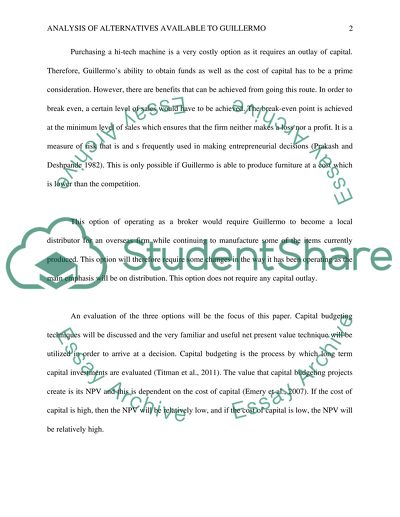Cite this document
(“Guillermo Furniture Store Analysis Research Paper - 1”, n.d.)
Guillermo Furniture Store Analysis Research Paper - 1. Retrieved from https://studentshare.org/finance-accounting/1602002-guillermo-furniture-store-analysis
Guillermo Furniture Store Analysis Research Paper - 1. Retrieved from https://studentshare.org/finance-accounting/1602002-guillermo-furniture-store-analysis
(Guillermo Furniture Store Analysis Research Paper - 1)
Guillermo Furniture Store Analysis Research Paper - 1. https://studentshare.org/finance-accounting/1602002-guillermo-furniture-store-analysis.
Guillermo Furniture Store Analysis Research Paper - 1. https://studentshare.org/finance-accounting/1602002-guillermo-furniture-store-analysis.
“Guillermo Furniture Store Analysis Research Paper - 1”, n.d. https://studentshare.org/finance-accounting/1602002-guillermo-furniture-store-analysis.


